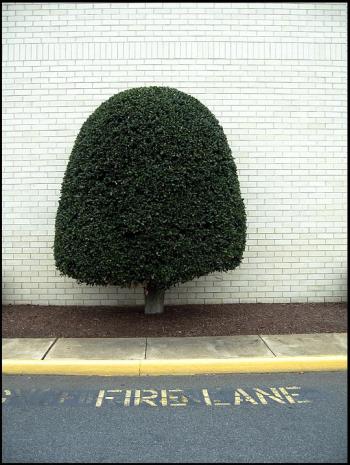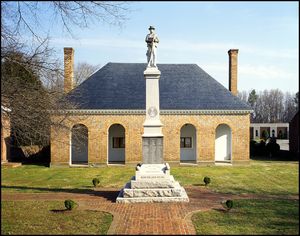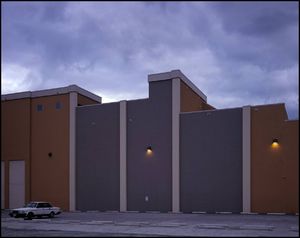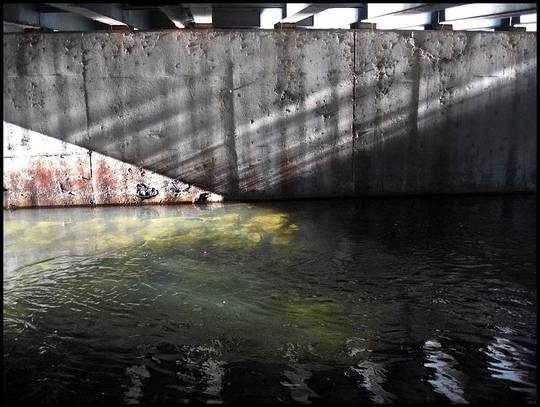
The show of William Eggleston's work, a retrospective that encompasses material from 1960 through 2008, closes at the Corcoran Gallery of Art, Washington, D.C. Sept. 20, 2009. You've got two more weeks to see one of photography's more influential practitioners, if you're anywhere near the nation's capital. In my book, an excellent reason to make a trip.
And so we did on a recent Sunday morning. I was at the door minutes after the 10am opening, and was one of the first visitors to the gallery for the day. Somewhat confusingly arranged, it didn't really make much difference to the impact of the show. The first gallery contains mostly prints from The Guide, all color dye transfer prints in the 11 x 14 range, matted with 8 ply white museum board, framed behind glass with a narrow white frame. It's wonderful to see these prints in person, after the varieties that can be encountered with publishing. To the left of the first gallery is a small room that contains black & white work from the early '60's. The other direction leads into a central gallery that contains four video monitors and several seats for watching a long loop of the Stranded in Canton video work that Eggleston did around the same time, and with the same sorts of people who appear in the book 5 x 7. On the walls hang large prints from the 5 x 7 series, all of them portraits of late night denizens of Denny's restaurants and bars. From this room is another large gallery divided into two sections that contains work from Eggleston's Graceland and Election Eve, and Troubled Waters and Los Alamos. Leaving the video gallery the other direction leads into another large gallery showing the most recent work from around the world, and includes lightjet prints in the 16 x 20 inch range, again matted behind glass and framed with white frames.
There is no denying Eggleston's influence. His "democratic" approach to subject matter, which leads him to find his subject matter any place he turns his gaze, with no material given priority, elevates the mundane into the realms of art. His use of color, for which he is at least as famous, is much more complex. Was it a conscious artistic decision, or that of a documentarist looking to show his material more "realistically?"
When the exhibition catalogue that I've ordered arrives, I'll be able to compare the printing quality to the recent reprint of The Guide. By all means, see this show if it is available.
 Sunday, September 27, 2009 at 05:00AM
Sunday, September 27, 2009 at 05:00AM 
 KMW |
KMW |  Post a Comment |
Post a Comment | 




































